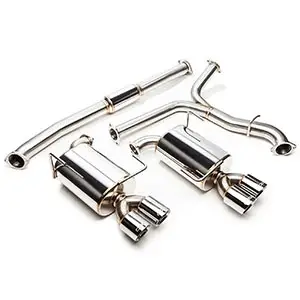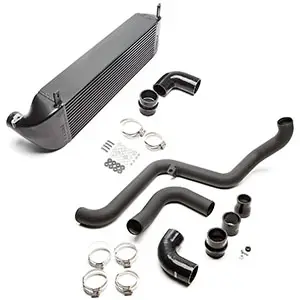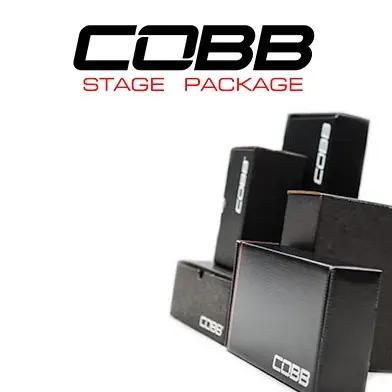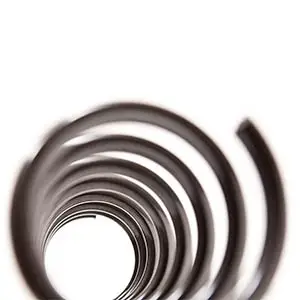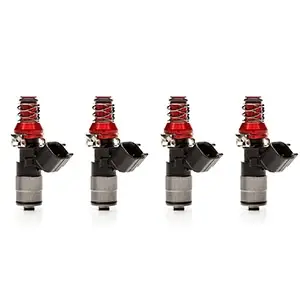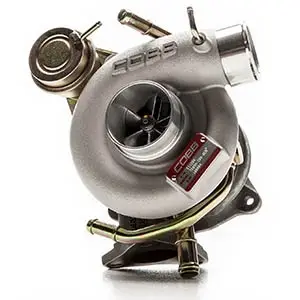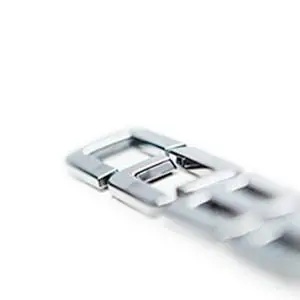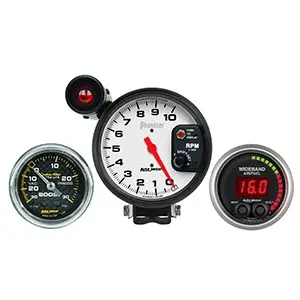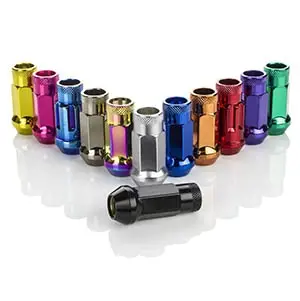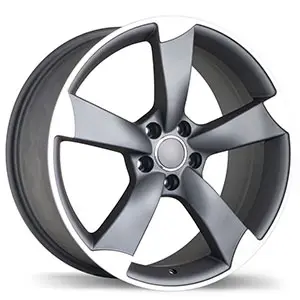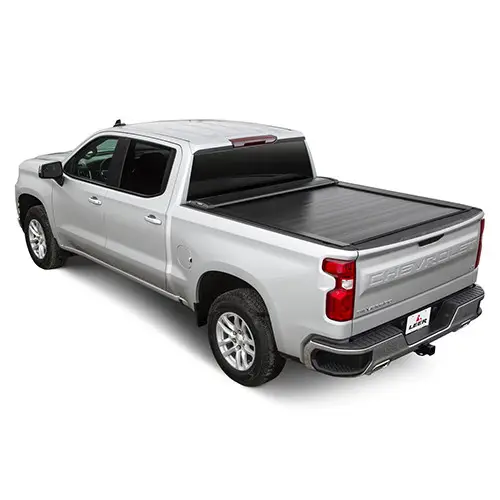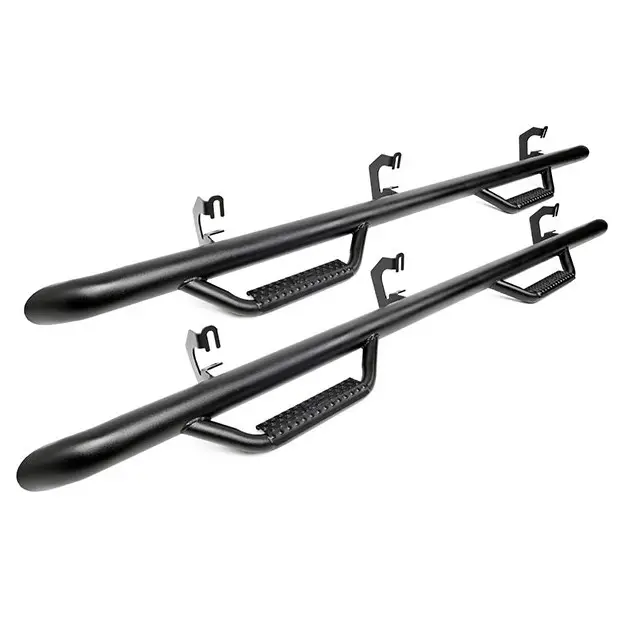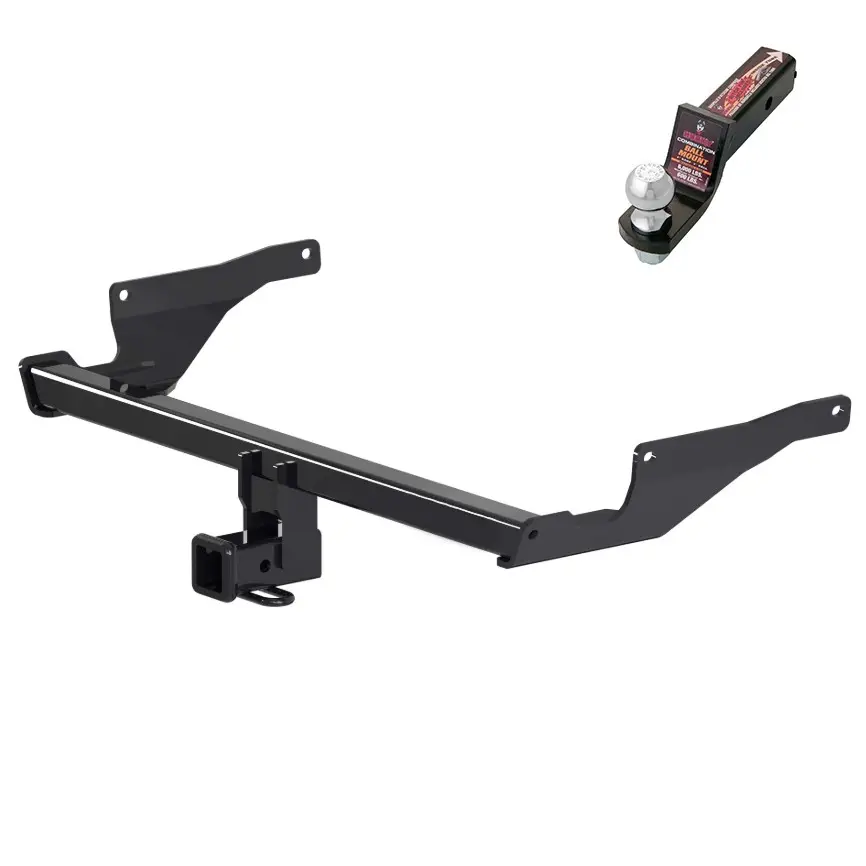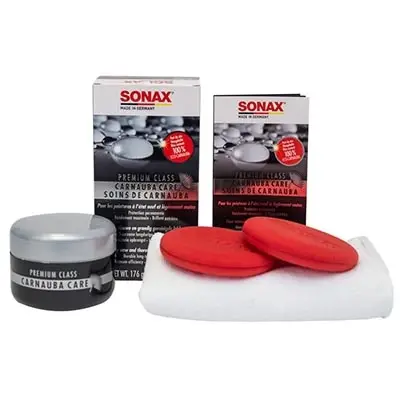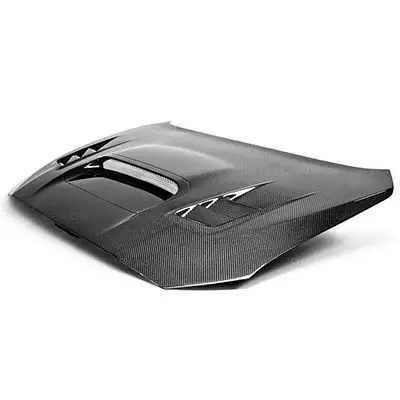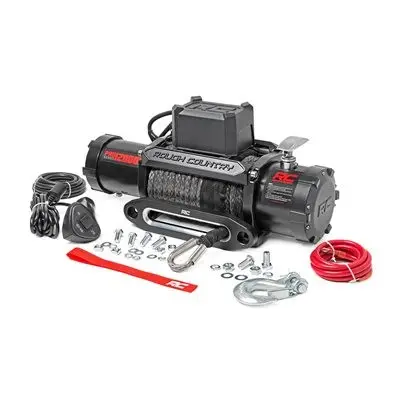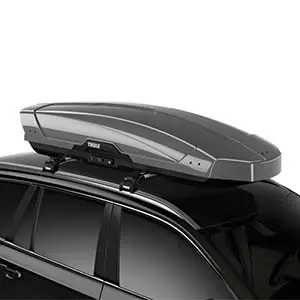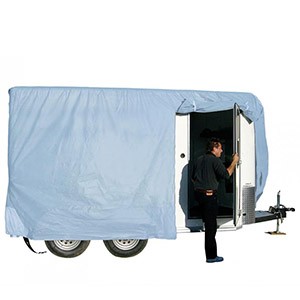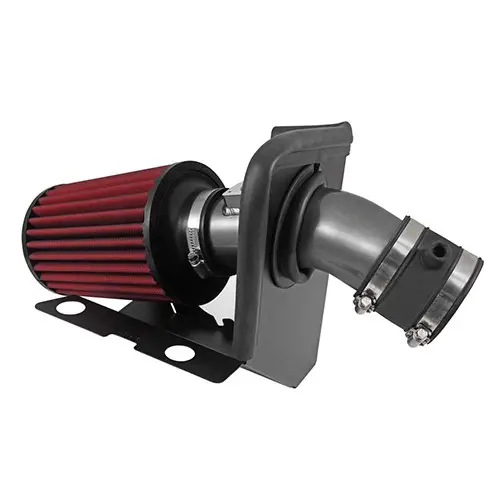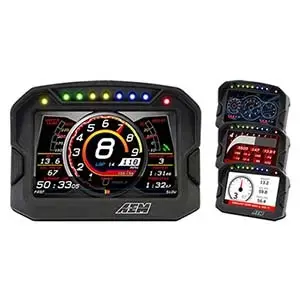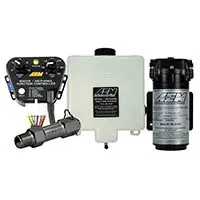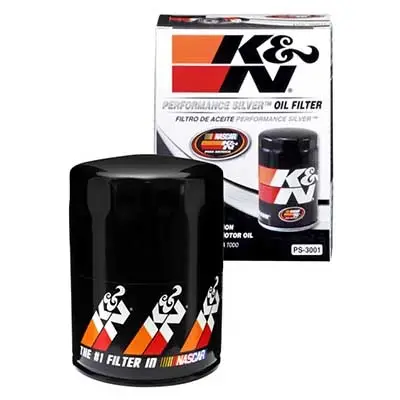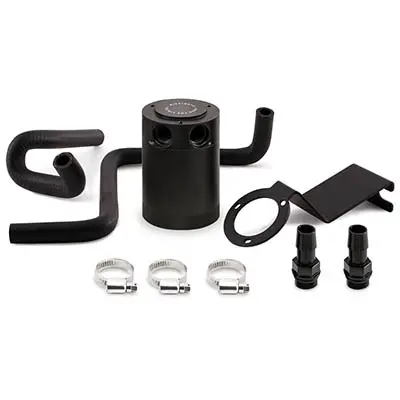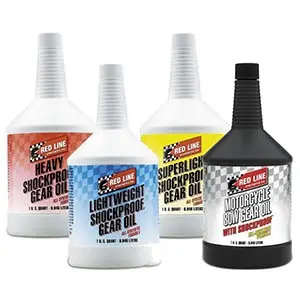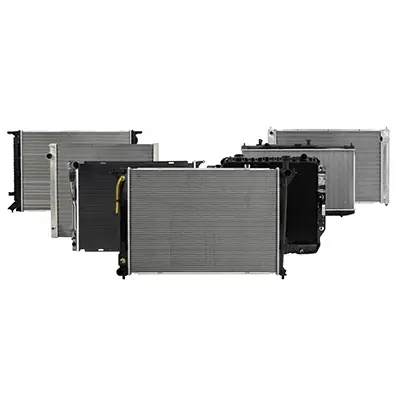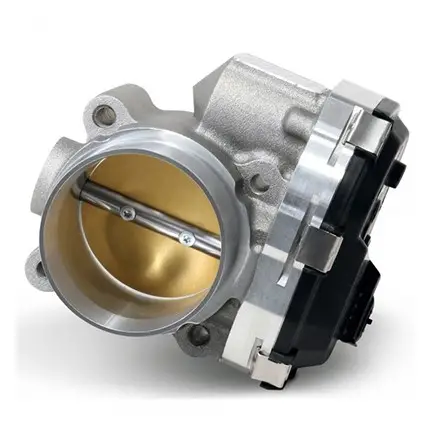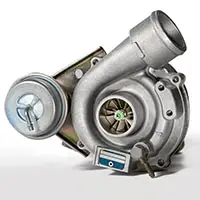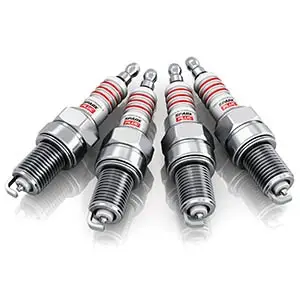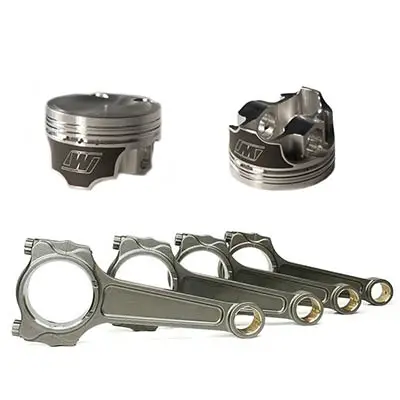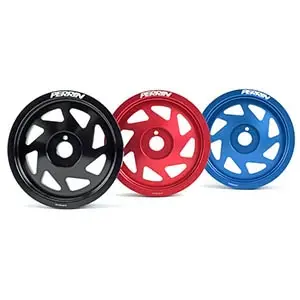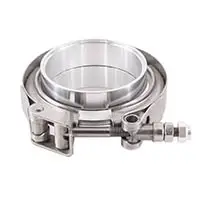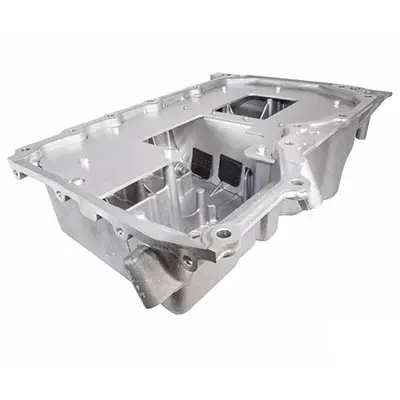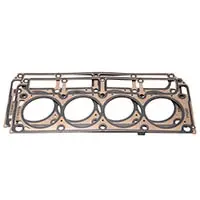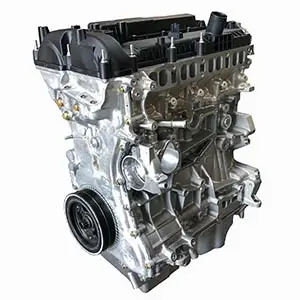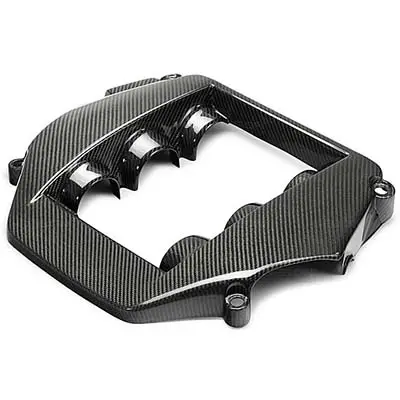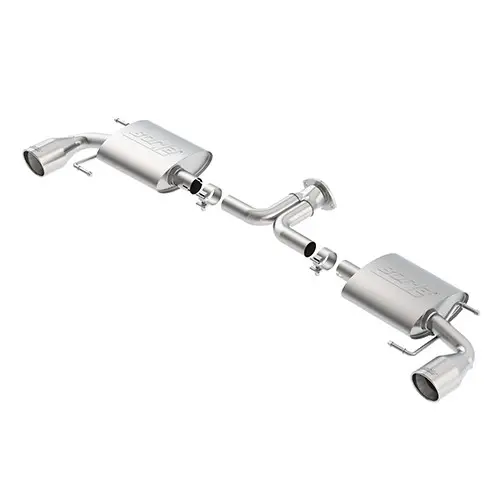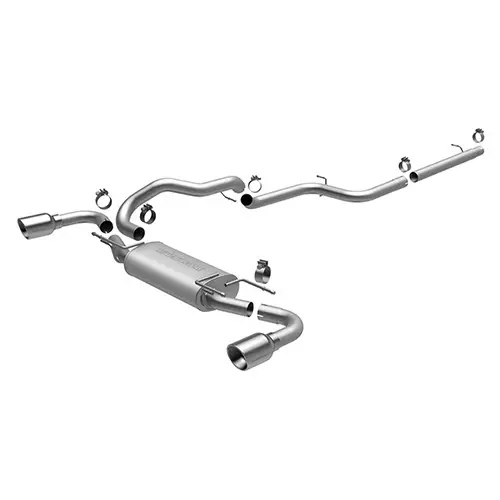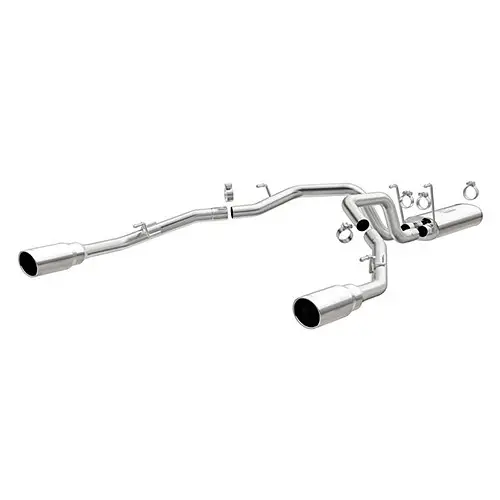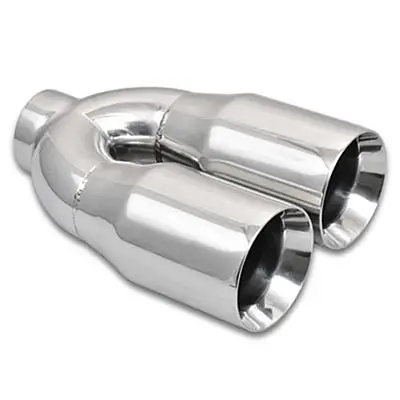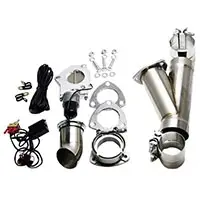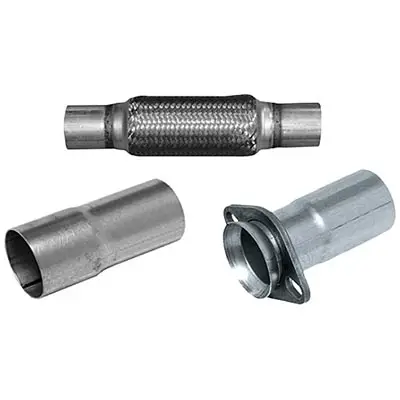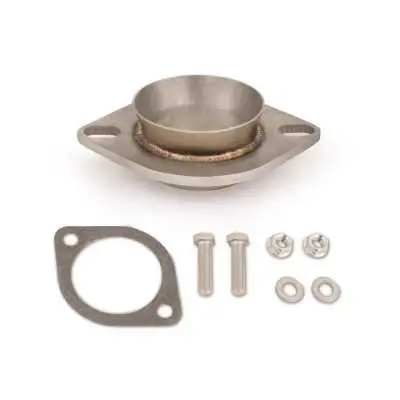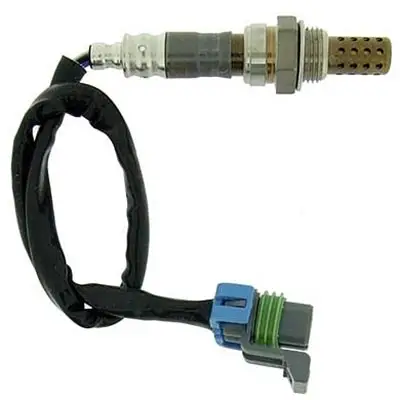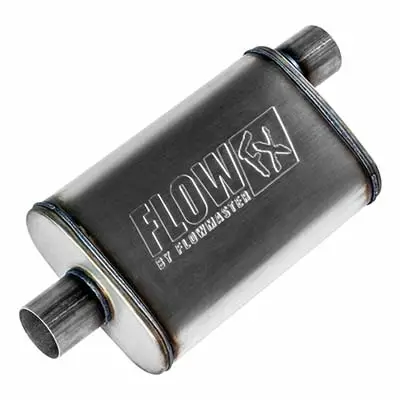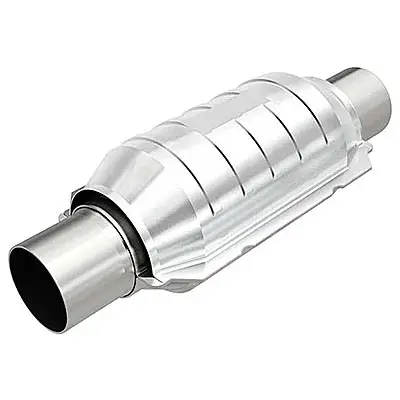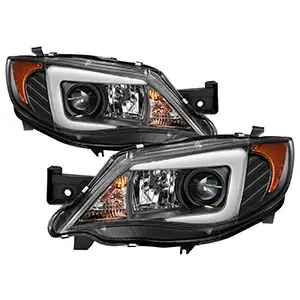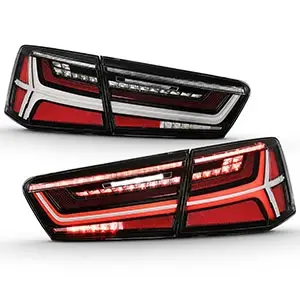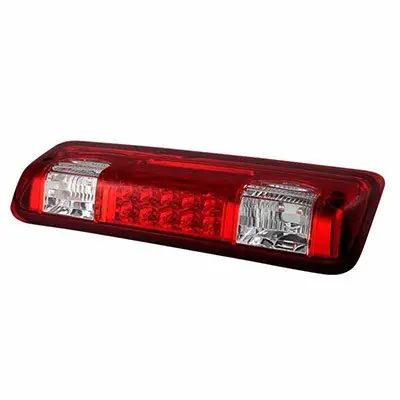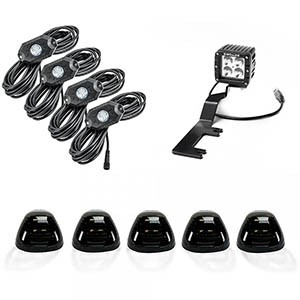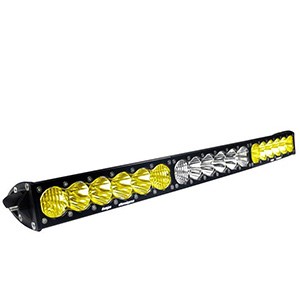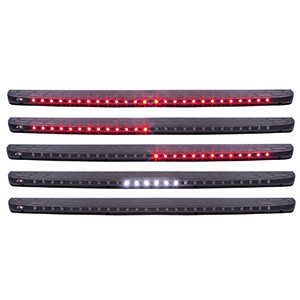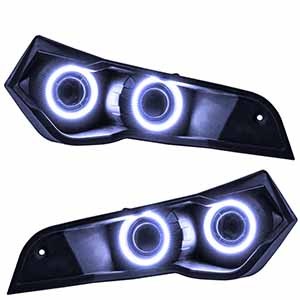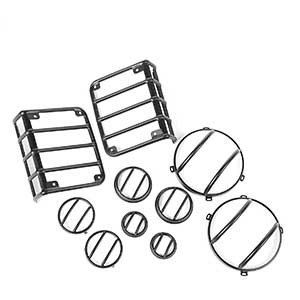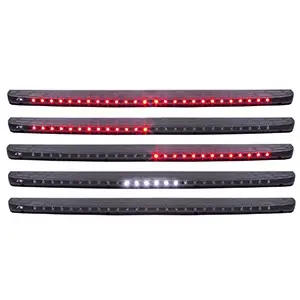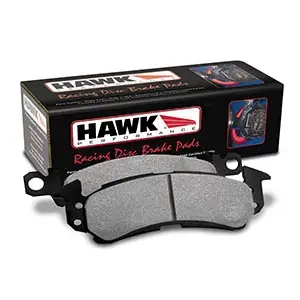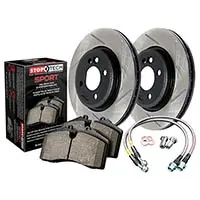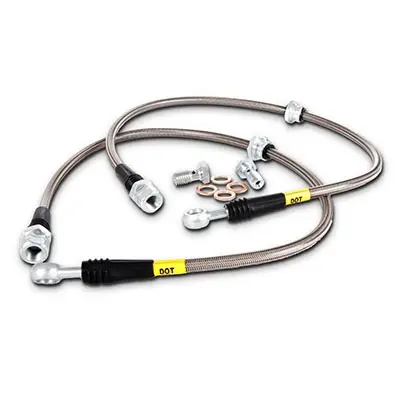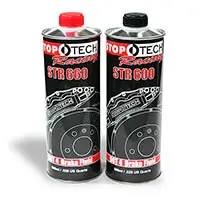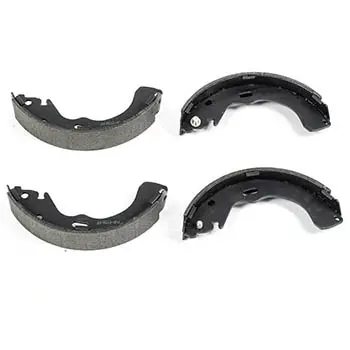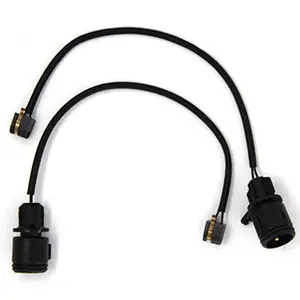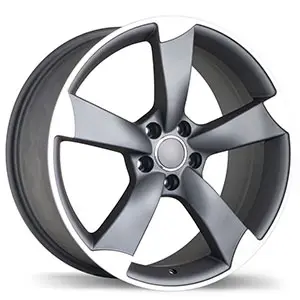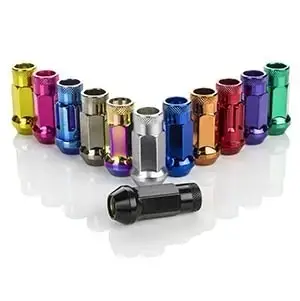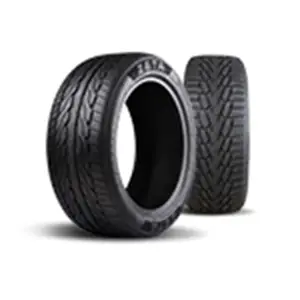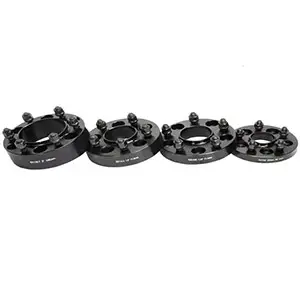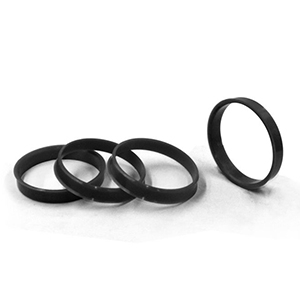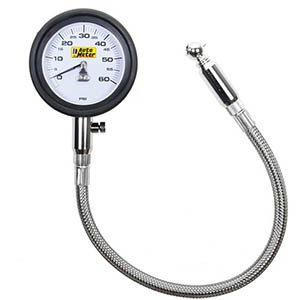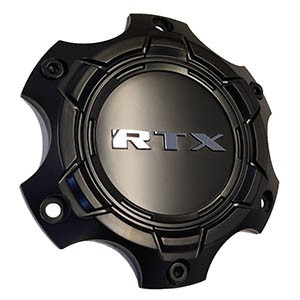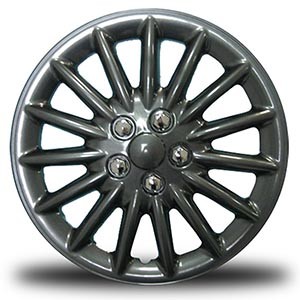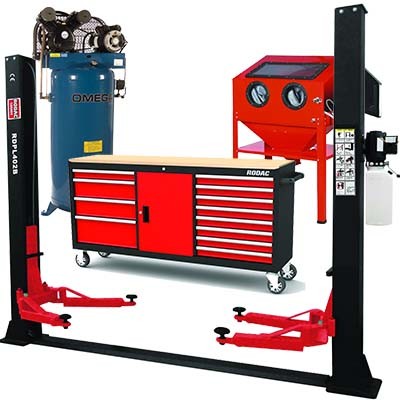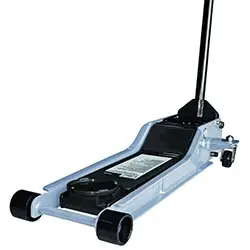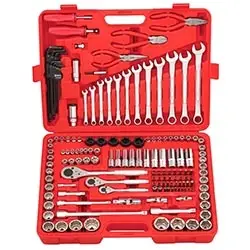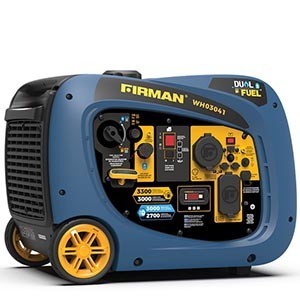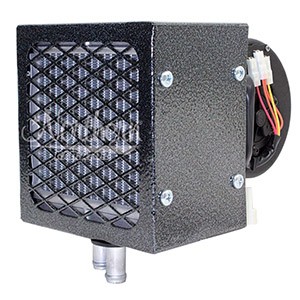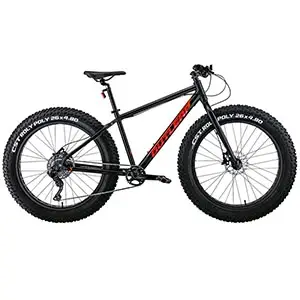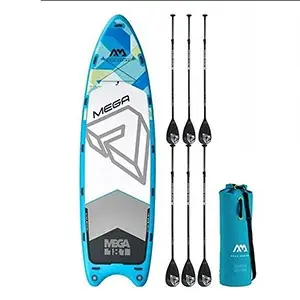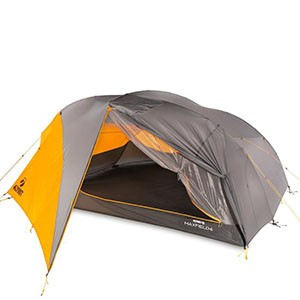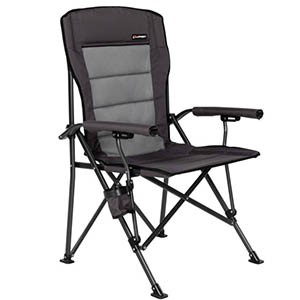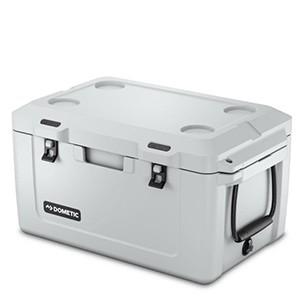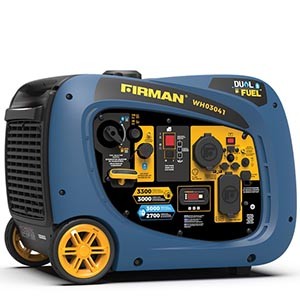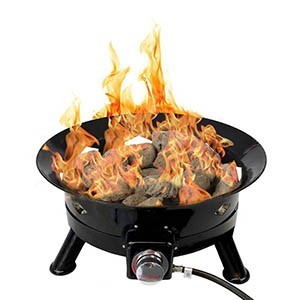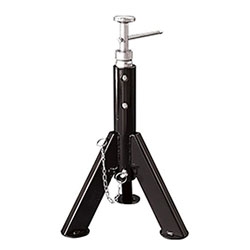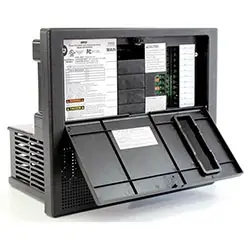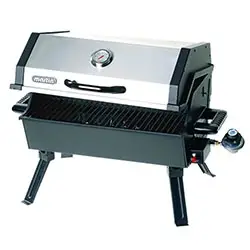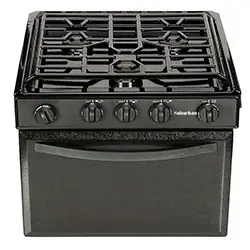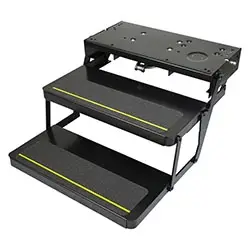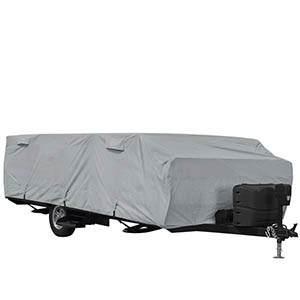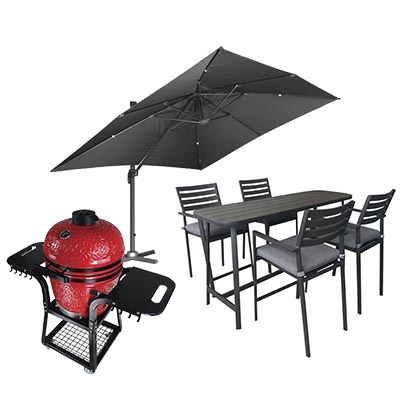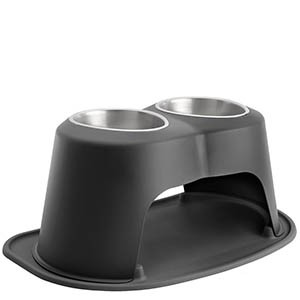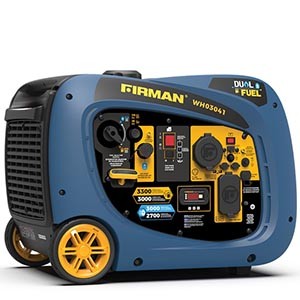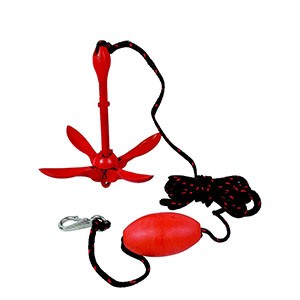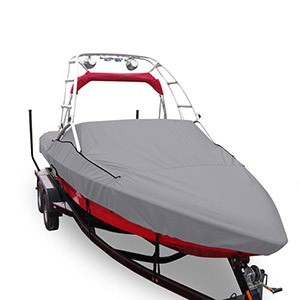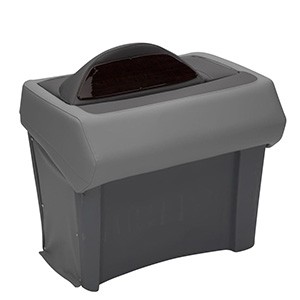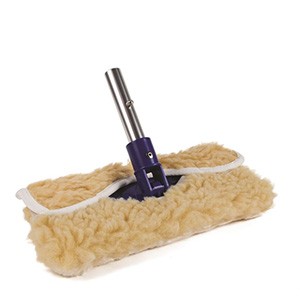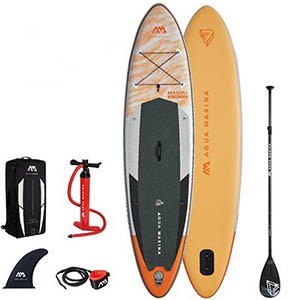-
MAGASINER PAR CATÉGORIE
-
-
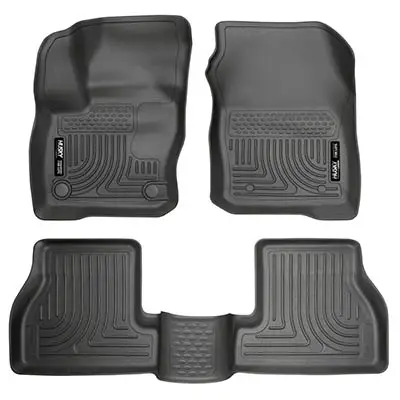 Tapis Protecteur
Tapis Protecteur
-
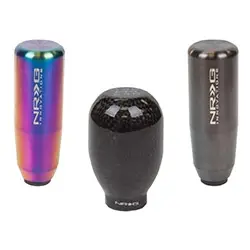 Pommeau de levier de vitesse
Pommeau de levier de vitesse
-
- Ensembles
- Indicateurs de vitesse
- Tachometers & Shift Lights
- Température
- Voltmètre
- Niveau de carburant
- Manomètres - Pressure Gauges
- Air Fuel Ratio (AFR)
- Boost & Vacuum Pressure
- Pyrometer
- Tableau de bord de course
- Gauge Mounts & Trim sur mesure
- Capteurs et adaptateurs
- Câblage et éclairage
- Moniteurs et enregistreurs de données
- Minuteurs, horodateurs et horloges
-
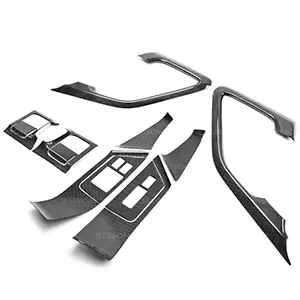 Garniture intérieur
Garniture intérieur
-
 Rangement intérieur
Rangement intérieur
-
 Accessoires
Accessoires
-
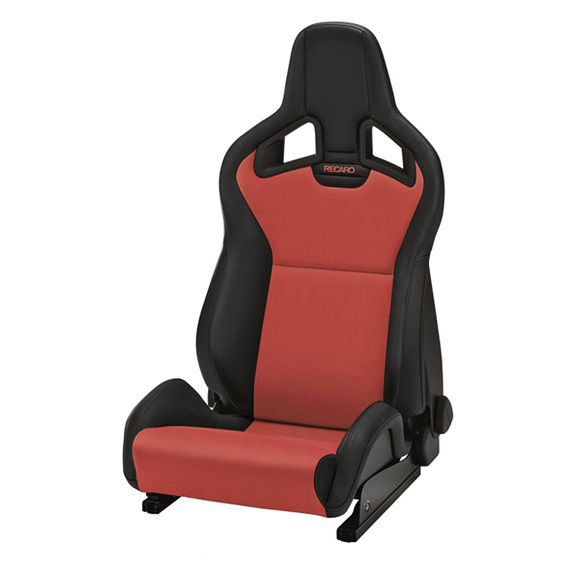 Sièges auto
Sièges auto
-
 Volants
Volants
-
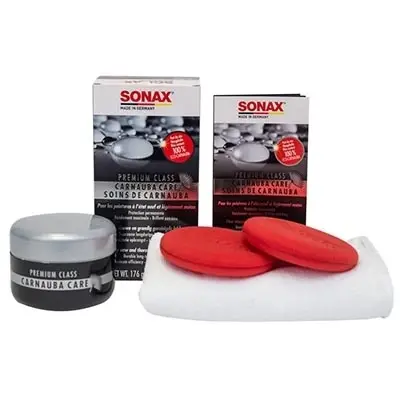 Entretien Automobile
Entretien Automobile
-
 Couvre-siège
Couvre-siège
-
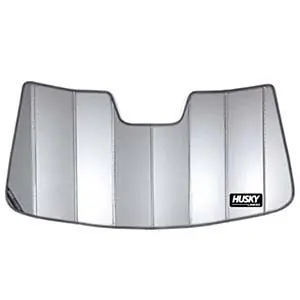 Pare-soleil
Pare-soleil
-
 Antivol
Antivol
-
-
-
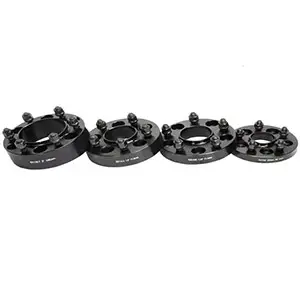 Spacer de roues
Spacer de roues
-
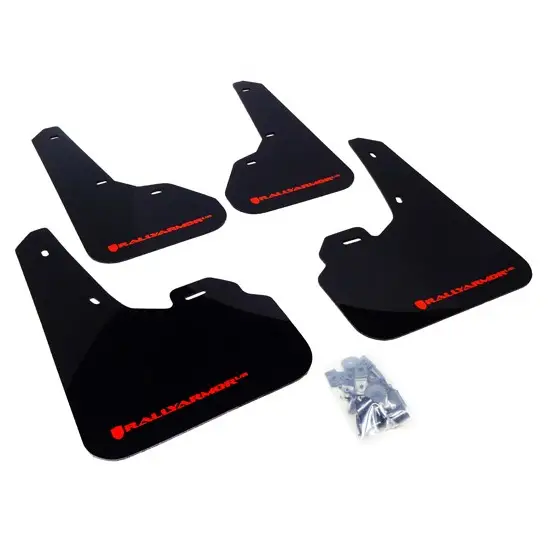 Garde-boue
Garde-boue
-
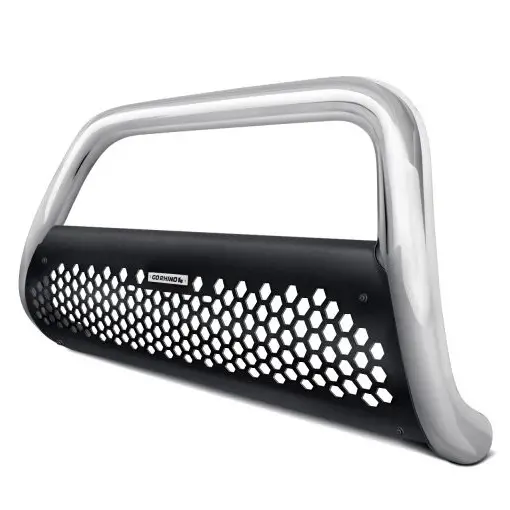 Bull Bar
Bull Bar
-
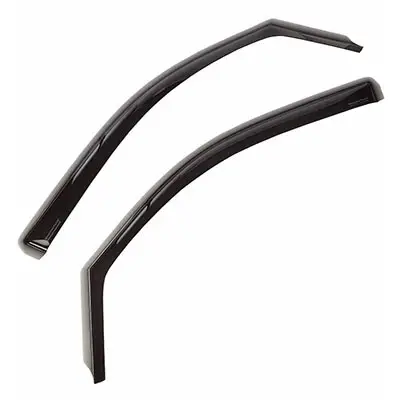 Déflecteurs de vitre
Déflecteurs de vitre
-
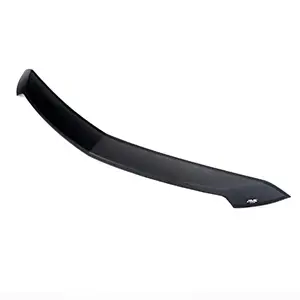 Déflecteurs de capot
Déflecteurs de capot
-
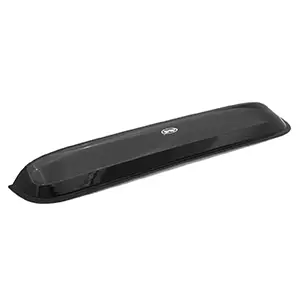 Déflecteurs de toit
Déflecteurs de toit
-
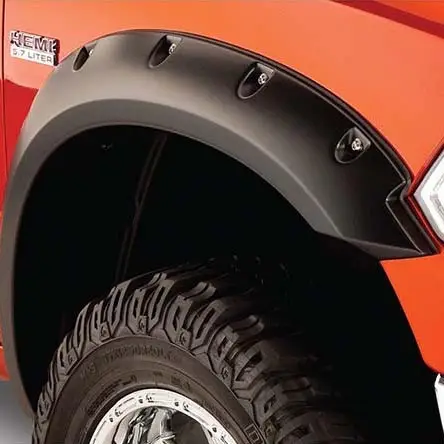 Fender Flares & Trim
Fender Flares & Trim
-
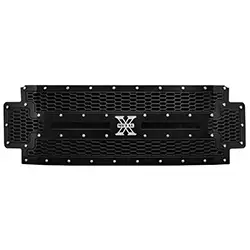 Grilles
Grilles
-
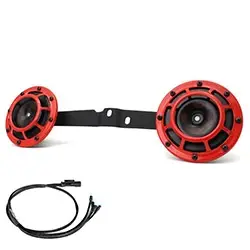 Klaxon
Klaxon
-
 Miroir
Miroir
-
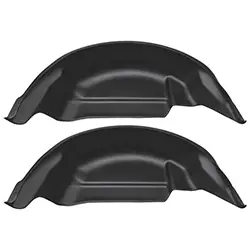 Protège aile
Protège aile
-
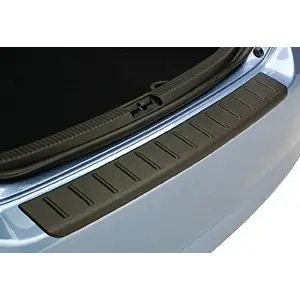 Protecteurs de pare-choc & seuils
Protecteurs de pare-choc & seuils
-
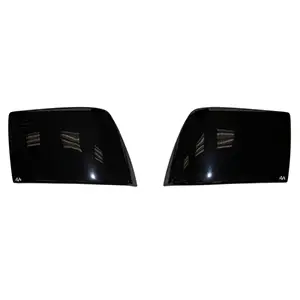 Light Covers & Lamp Guards
Light Covers & Lamp Guards
-
 Garniture extérieur
Garniture extérieur
-
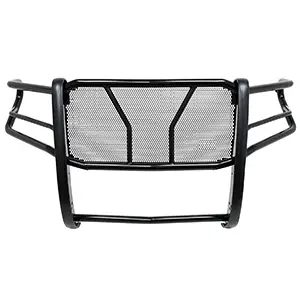 Grille Guards
Grille Guards
-
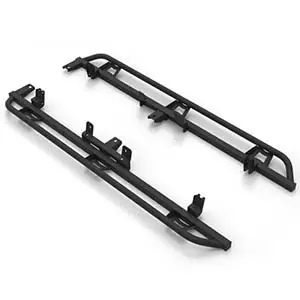 Renforts et protection
Renforts et protection
-
 Toits souples et rigides
Toits souples et rigides
-
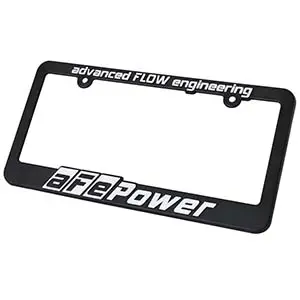 Support & contour de plaque
Support & contour de plaque
-
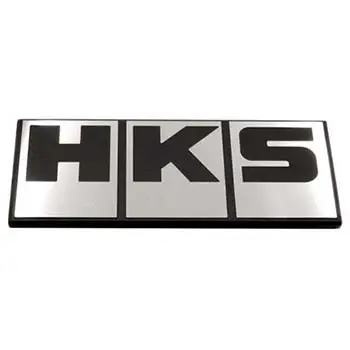 Emblèmes et logos
Emblèmes et logos
-
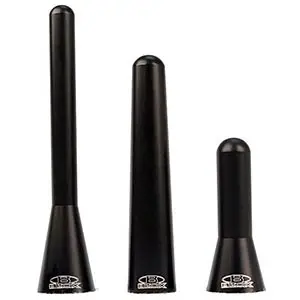 Antenne
Antenne
-
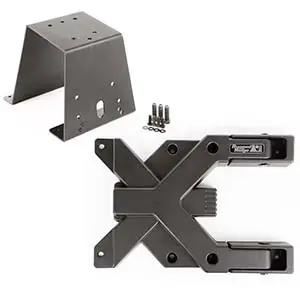 Support de roue de secours
Support de roue de secours
-
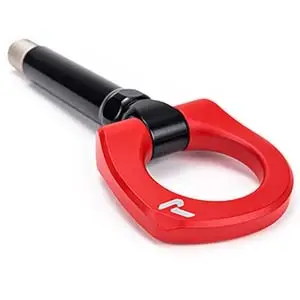 Tow Hook
Tow Hook
-
-
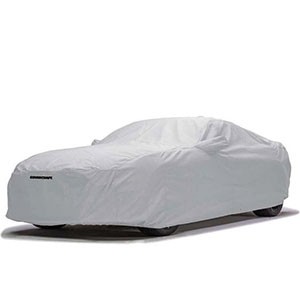 Housses
Housses
-
-
-
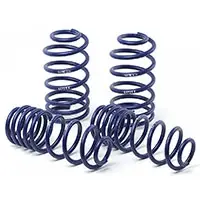 Coil Springs
Coil Springs
-
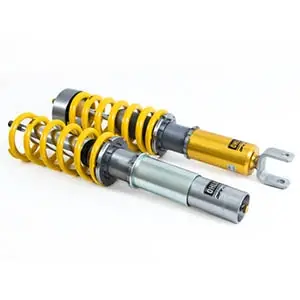 Coilovers
Coilovers
-
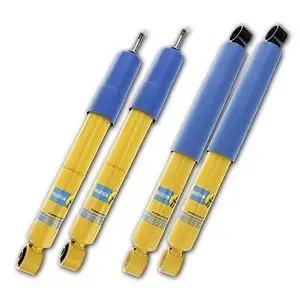 Amortisseurs
Amortisseurs
-
 Amortisseurs & Ressorts Kits
Amortisseurs & Ressorts Kits
-
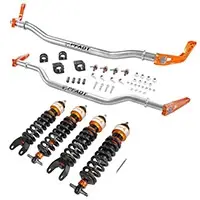 Handling Kits
Handling Kits
-
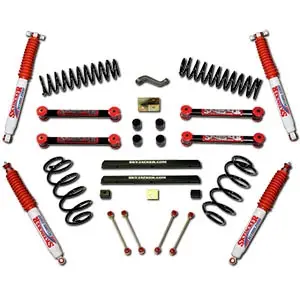 Lift Kits
Lift Kits
-
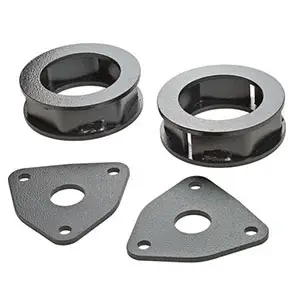 Leveling Kits
Leveling Kits
-
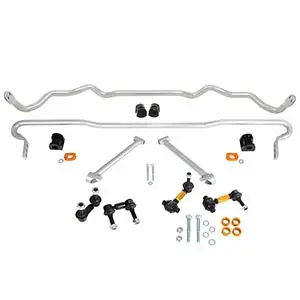 Sway bars & Link kit
Sway bars & Link kit
-
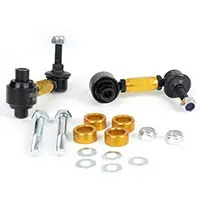 Steering Arms, Rods & Links
Steering Arms, Rods & Links
-
 Strut Bars
Strut Bars
-
 Bushing & Support
Bushing & Support
-
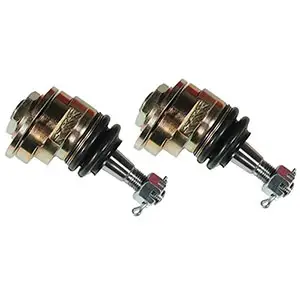 Ball Joints
Ball Joints
-
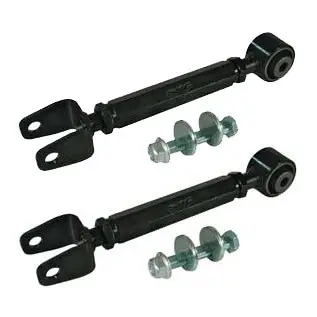 Composantes alignement
Composantes alignement
-
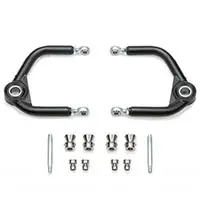 Control Arm
Control Arm
-
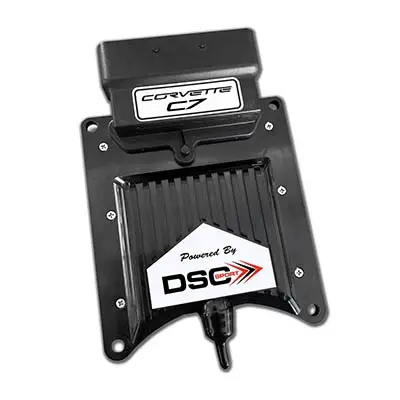 Contrôleur
Contrôleur
-
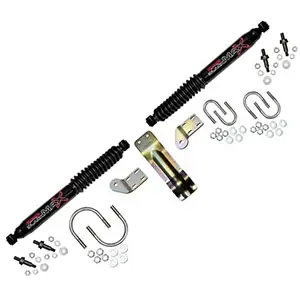 Steering Dampers
Steering Dampers
-
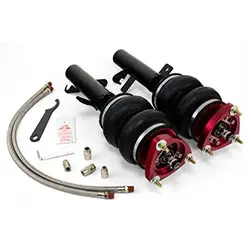 Suspension à air
Suspension à air
-
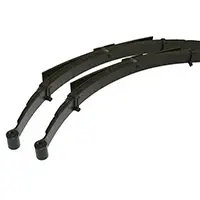 Suspension à lames
Suspension à lames
-
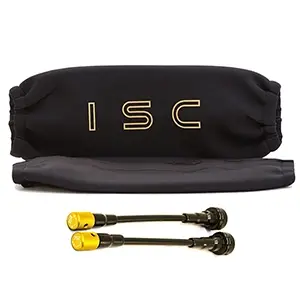 Accessoires
Accessoires
-
-
-
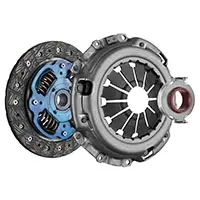 Ensemble embrayage
Ensemble embrayage
-
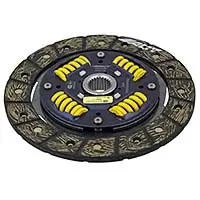 Disques de Clutch
Disques de Clutch
-
 Pressure Plates
Pressure Plates
-
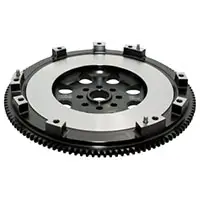 Flywheels
Flywheels
-
 Transmission Refroidissement
Transmission Refroidissement
-
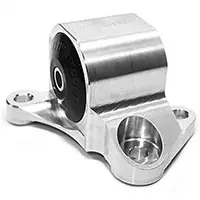 Supports
Supports
-
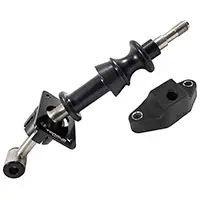 Pommeau & Levier de Vitesse
Pommeau & Levier de Vitesse
-
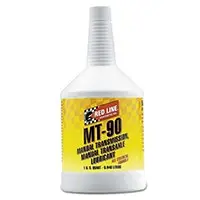 Liquide a transmission
Liquide a transmission
-
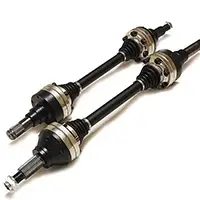 Cardan
Cardan
-
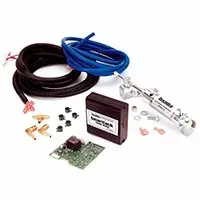 Composantes Électroniques
Composantes Électroniques
-
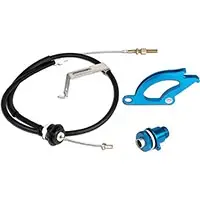 Composantes Embrayage
Composantes Embrayage
-
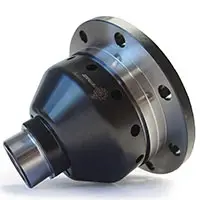 Différentiels
Différentiels
-
 Drive Shaft
Drive Shaft
-
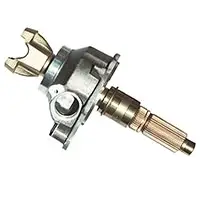 Driveshaft Yokes
Driveshaft Yokes
-
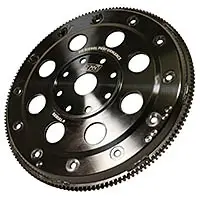 Flexplates
Flexplates
-
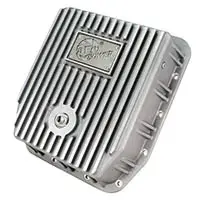 Pan à huile
Pan à huile
-
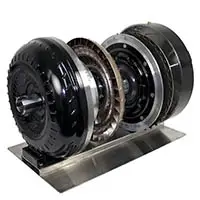 Torque Converters
Torque Converters
-
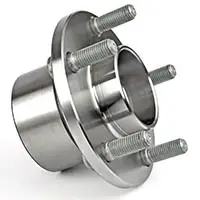 Bearings & Moyeu de roue
Bearings & Moyeu de roue
-
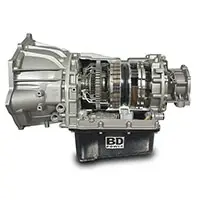 Transmission
Transmission
-
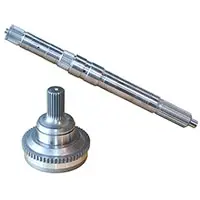 Transmission Shafts & Gears
Transmission Shafts & Gears
-
-
-
-
- Nettoyants et produits chimiques
-
- Tuyaux d'eau douce
- Pompes d'eau douce et accessoires pour véhicules récréatifs
- Réservoirs d'eau douce et accessoires
- Désodorisants et adoucisseurs
- Régulateurs, enrouleurs et raccords
- Filtration de l'eau
- Pièces et accessoires pour chauffe-eau
- Chauffe-eau pour véhicules de loisirs
- Robinets de salle de bains
- Robinetterie de cuisine
- Douche
- Ventilateurs de toit pour véhicules récréatifs
- Propane
- Outils, rampes et échelles
- Batteries
- Climatiseurs et accessoires
- Crics, nivellements et cales
- Protection de l'alimentation
- Hivernisation
-
-
- Ensembles de démarrage et accessoires
- Éviers et drains
- Filtres à eau et cartouches
- Hivernisation
- Pompes
- Raccords de plomberie
- Rafraîchisseurs et adoucisseurs d'eau
- Régulateurs de pression d'eau
- Réservoirs de rétention
- Robinets et accessoires de douche
- Toilettes et accessoires
- Trappes et remplissages d'eau
- Tuyaux de plomberie
- Douches et baignoires
- Chauffe-eau
-
- Couvertures pour véhicules de loisirs
- Couvercles de réservoirs de propane
- Couvertures de générateurs
- Couvertures pour véhicules et sports motorisés
- Couvre-pneus
- Couvre-fenêtres
- Couvertures des accessoires pour véhicules récréatifs
- Couvertures de moto
- Jupes coupe-vent pour véhicules de loisirs
- Housses pour climatiseur
-
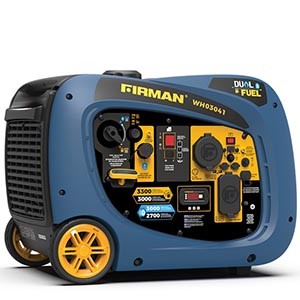 Génératrice
Génératrice
-
-
- MAGASINER PAR PRODUIT
- ACHETER PAR MARQUE
- ROUES & PNEUS
- Contactez-nous
-
Mon garageAjouter un véhicule
Mon garage
- Recevez des recommandations
- Trouvez facilement vos pièces
- -15%
- LIVRAISON GRATUITE
Garrett | Air-to-Air Vertical Flow 750HP Intercooler Core - (L)8.00in x (H)24.00in x (W)3.50in
- FIÈREMENT CANADIEN
- GARANTIE DU MEILLEUR PRIX
- COMPATIBILITÉ GARANTI
Garrett | Air-to-Air Vertical Flow Performance Intercooler Core
- Model: Air-to-Air Vertical Flow
- Supported Horsepower: 750 HP
- Length (Hot Flow): 8.00in / 203mm
- Height (No Flow): 24.00in / 609mm
- Width (Cold Flow): 3.50in / 89mm
Performance Intercoolers
Garrett performance intercoolers and intercooler cores work together with the turbocharger as part of the total induction system. When air is compressed in the turbocharger it gains a lot of heat. Hot air is less dense and therefore is not able to produce as much energy because less can be fed into the engines cylinders. The job of the intercooler is to remove heat from the charge air making it more dense. The denser charge equals more air and fuel reaching the engine and that translates to more horsepower.
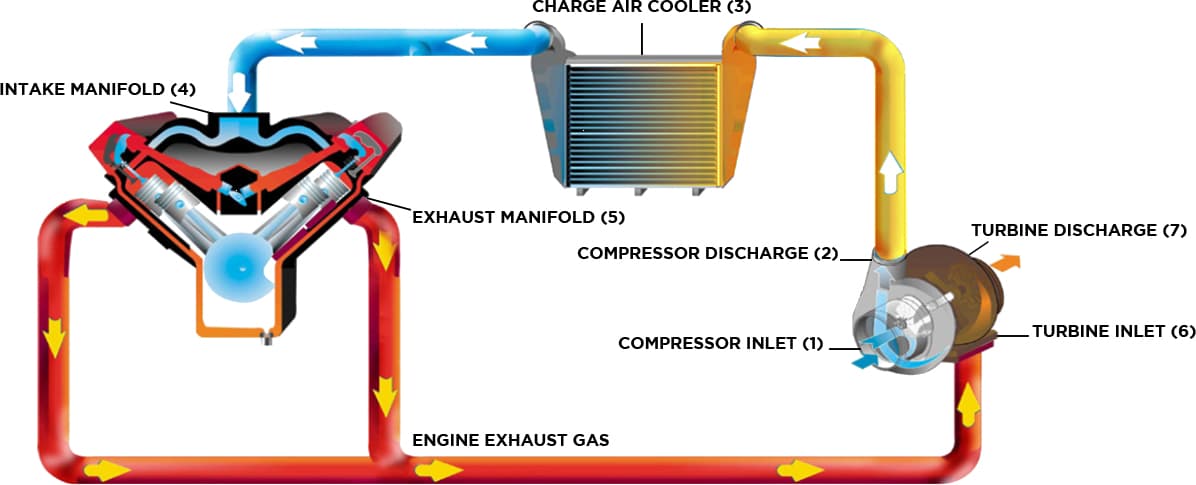
Induction System Flow
In this diagram you can see the flow of the total induction system. As fresh air enters the compressor inlet, it flows through the compressor housing. Once discharged, the next stop is the intercooler. The air flows horizontally through the intercooler where heat is extracted. The cooler, higher density charge air then flows into the engine’s intake manifold and into the engine cylinders where it is mixed with fuel. The spark from the spark plug causes the mixture to combust. The air exits the engine through the exhaust manifold and into the turbine inlet where it is used to drive the shaft of the turbo.
Intercooler Construction
Garrett intercooler cores are bar and plate horizontal flow design. Charge air from the turbo flows within enclosed passages in one direction, with separate cooling passages flowing cooler ambient air in a perpendicular cross-flow pattern to the charge air. In bar and plate designs the passages consist of plates on top and bottom with fins in between. The passages are enclosed by bars on either side depending on if it is a charge air passage or an ambient air/cooling passage. Passages are stacked alternately until the desired stack height is reached. On the sides of the stacked cores, added to the final passage is a side plate of thicker material to provide structural integrity, protect the more delicate fins, and provide a surface for welding on end tanks if desired.
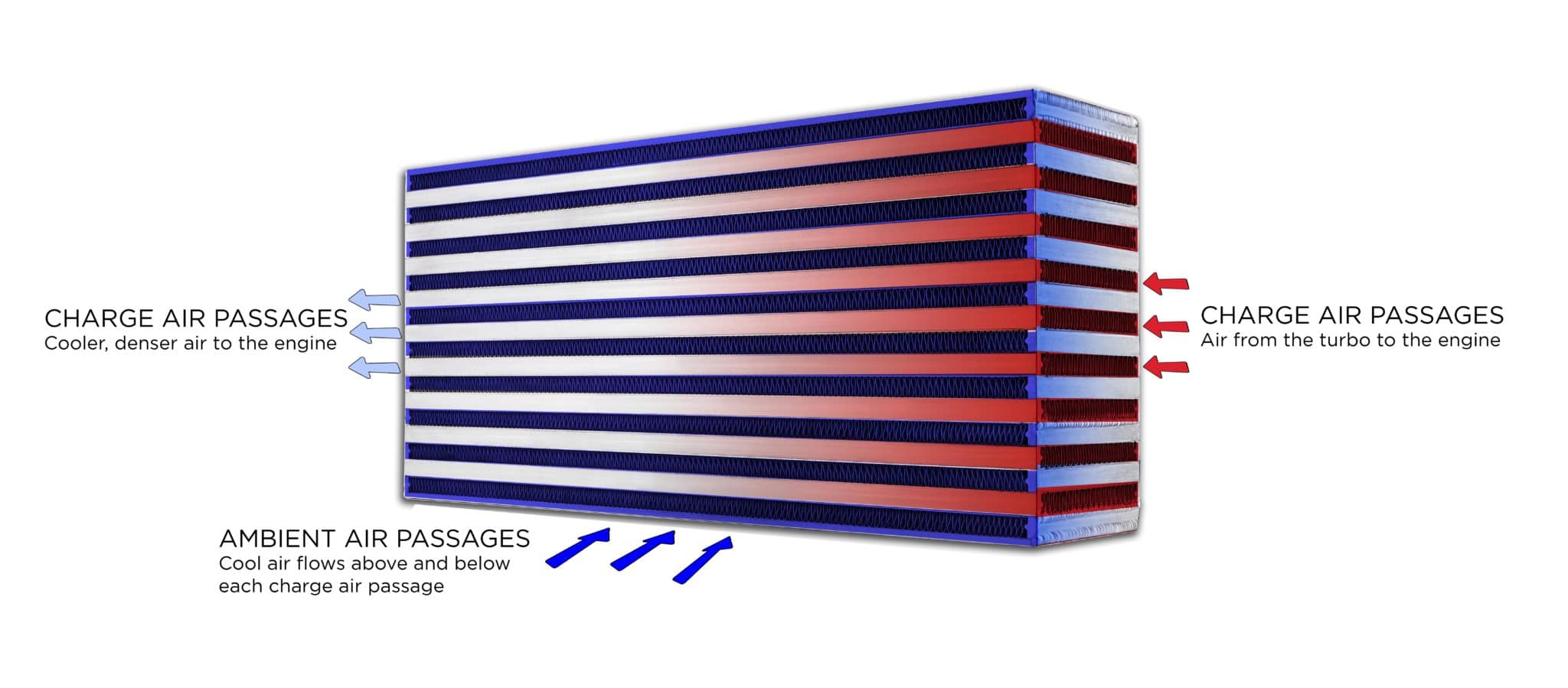
Heat Transfer
How does the intercooler remove heat from the charge air? There are three types of heat transfer modes, but the bar and plate intercooler relies on Conduction and Convection to extract heat from the charge air. Conduction is the transfer of heat to materials that have direct contact with each other. Convection is the transfer of heat from one place to another by movement of air. As you can see in the image below, the bars, plates, and fins alternate direction and flow and all play a part in extracting heat from the charge air. The charge air fins transfer heat from the charge air to the plates and the ambient air fins transfer the the heat from the plates and the ambient air cools the fins. The process repeats as long the car is moving or until the core gets heat soaked.
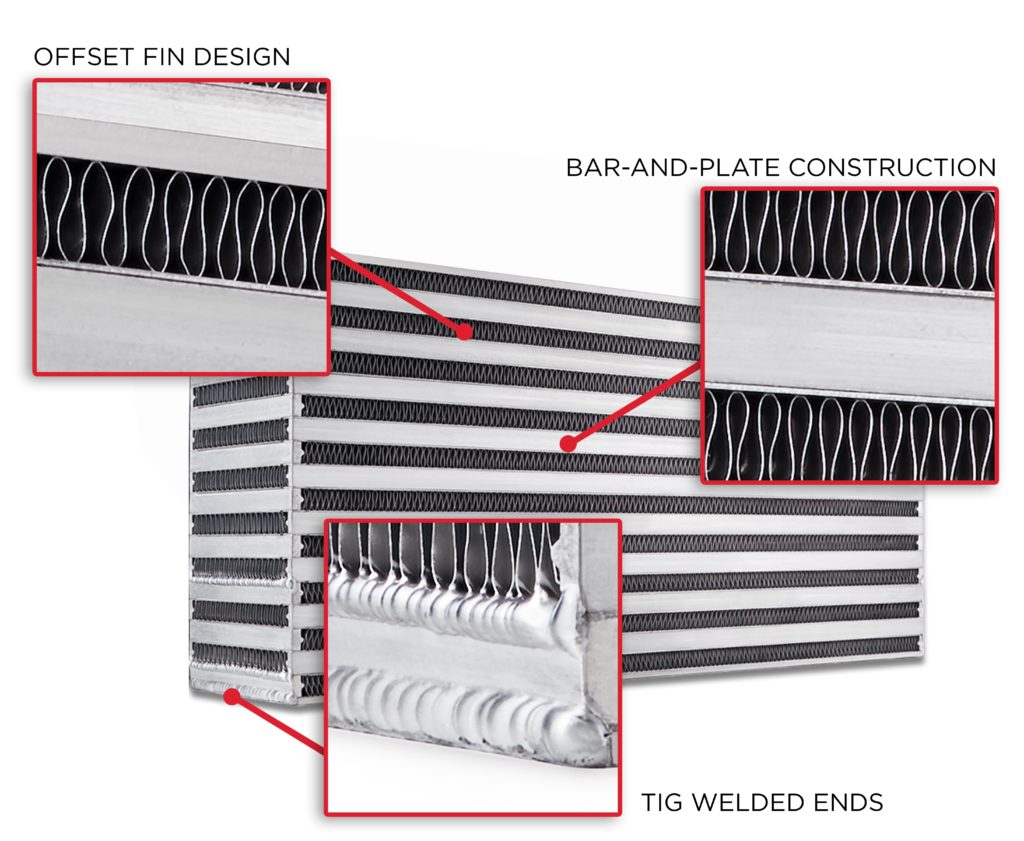
Fin Density
Fin density is measured in FPI or fins per inch. Each fin surface counts as one fin meaning there are two fins per wave. Fin stacks start off as flat sheets of aluminum that are fed through a special machine where they are bent to the desired FPI per row height and length. Garrett manufacturers around 20 different air-to-air and air-to-liquid intercooler cores supporting a range of horsepower from 310 up to 1260. Each of those cores are different in length, width, and height to meet the needs of different performance enthusiasts.
Garrett Intercooler cores utilize a combination of fin density depending on the flow path of the core. For example, the cold flow path or the front of the intercooler commonly has a higher density fin count to allow for better thermal performance and cooling. Core width/ cold flow can range from 3 – 5 inches so higher fin density is critical with the short span the ambient air travels across to cool the charge air passages. Additionally, the cold air passages are not sealed or pressurized like the charge air passages, so your ambient air flows through, cools the hot passages and evacuates into the engine compartment.
Hot flow passages have a longer run spanning from 11-28 inches in some intercooler cores. The hot flow path is a series of sealed chambers with fins spanning the entire length. There is a lot of surface area for heat transfer to take place and for that reason, the hot chambers have a lower fin density. This also helps reduce pressure drop as the charge air travels from one side to the other.
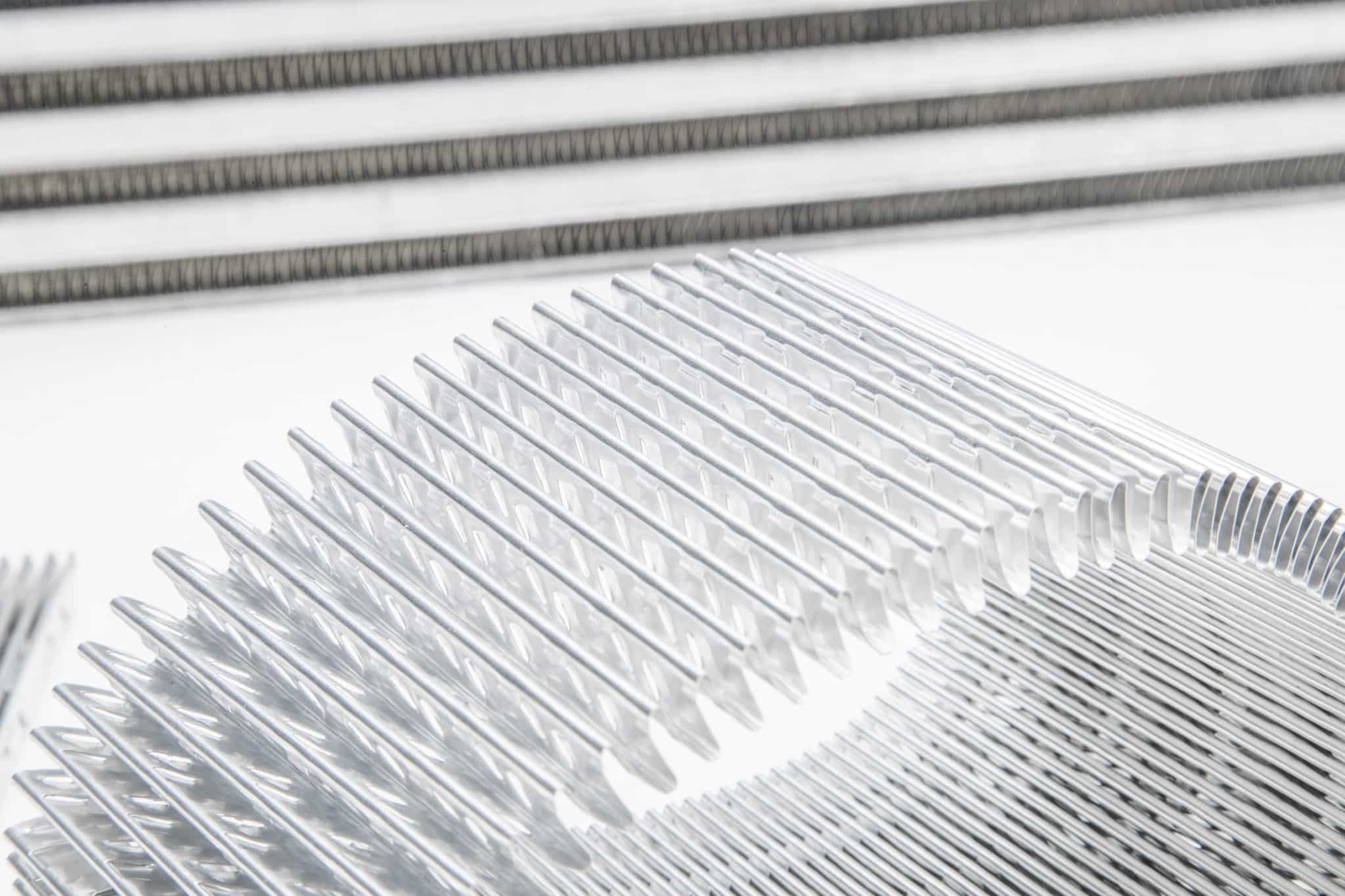
Pressure Drop
Pressure drop is the difference in pressure between two points caused by flow resistance. An example of pressure drop is when the air pressure leaving the intercooler is less than the pressure that went in. You may never actually see this happening because your turbo will work harder (spin faster) to deliver the correct PSI to the engine. The faster a turbo spins the hotter the air is so it’s critical to use an intercooler that has a good balance of fin density so you don’t overwork the turbo.
Think about driving down the road with your hand out of the window and your palm facing forward. Your hand is interrupting the flow of the air and it must find a way around your hand to pass. Now imagine you and 10 friends in a limousine with your hands out of the window one after another. The last person in line will not feel the same flow as the first person because of pressure drop

Selecting The Right Intercooler
We offer a wide range of air to air intercooler cores that are rated from 310 horsepower applications up to 1260 horsepower applications. Each core is rated for a specific horsepower, making it easy to match your desired power target to the core. In general, use the largest core that will fit within the packaging constraints of the application.
Noter:
- Livraison GRATUITE / FREE Delivery





